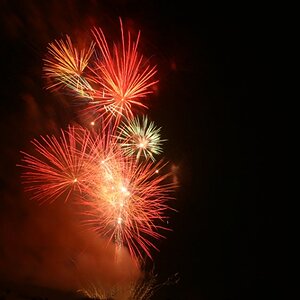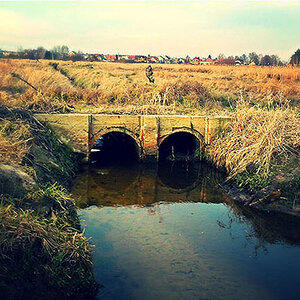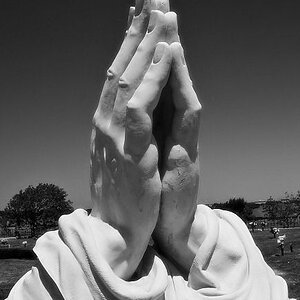SLPhotography
TPF Noob!
- Joined
- Jul 16, 2013
- Messages
- 45
- Reaction score
- 2
- Location
- United States
- Website
- www.facebook.com
- Can others edit my Photos
- Photos OK to edit
Hello all,
I have been try basic Astrophotography for a while and recently I decided to grab a T-Ring and T-Adapter for my beginner Telescope so I could try to get some really detailed shots of the moon and maybe even snap a planet.
I am on a budget and right now this is more of a hobby so I don't have anything crazy expensive. In fact, I think the T-Ring and Adapter costs more than my scope ($40 used on Craigslist). All of my lenses are >$200 to give you an idea of my budget for this.
Here's my problem, upon correctly hooking up my Nikon D3100 to my telescope, I can't seem to get the moon in focus. It's almost there, but its all the way focused into the telescope (I think this is infinity) at it's closest to being focused and it still wont produce an acceptable shot. I didn't mess around with it too much because it seemed that it wouldn't produce any kind of results. I haven't had a chance to try to get a planet but I am hoping to try for Jupiter in the coming days.
Am I doing something wrong? I can get my doorway focused from inside the house with this setup, but I can't get the moon on either end of the focus range.
My equipment:
Nikon D3100 - T-Ring - T-Adapter - Meade Electronic Digital Series Refractor Telescope (I think it's a 70mm but it could be anywhere in the 70mm-90mm range)
I should note that I was trying to get the moon shot through a window, but it was clean and I didn't think it would make a difference. The closest it gets to being in focus is a white orb, with very soft/distorted edges, but you can at least make out that it is a sphere. Just no where close to getting ridges and such.
Any suggestions would be greatly appreciated.
I have been try basic Astrophotography for a while and recently I decided to grab a T-Ring and T-Adapter for my beginner Telescope so I could try to get some really detailed shots of the moon and maybe even snap a planet.
I am on a budget and right now this is more of a hobby so I don't have anything crazy expensive. In fact, I think the T-Ring and Adapter costs more than my scope ($40 used on Craigslist). All of my lenses are >$200 to give you an idea of my budget for this.
Here's my problem, upon correctly hooking up my Nikon D3100 to my telescope, I can't seem to get the moon in focus. It's almost there, but its all the way focused into the telescope (I think this is infinity) at it's closest to being focused and it still wont produce an acceptable shot. I didn't mess around with it too much because it seemed that it wouldn't produce any kind of results. I haven't had a chance to try to get a planet but I am hoping to try for Jupiter in the coming days.
Am I doing something wrong? I can get my doorway focused from inside the house with this setup, but I can't get the moon on either end of the focus range.
My equipment:
Nikon D3100 - T-Ring - T-Adapter - Meade Electronic Digital Series Refractor Telescope (I think it's a 70mm but it could be anywhere in the 70mm-90mm range)
I should note that I was trying to get the moon shot through a window, but it was clean and I didn't think it would make a difference. The closest it gets to being in focus is a white orb, with very soft/distorted edges, but you can at least make out that it is a sphere. Just no where close to getting ridges and such.
Any suggestions would be greatly appreciated.



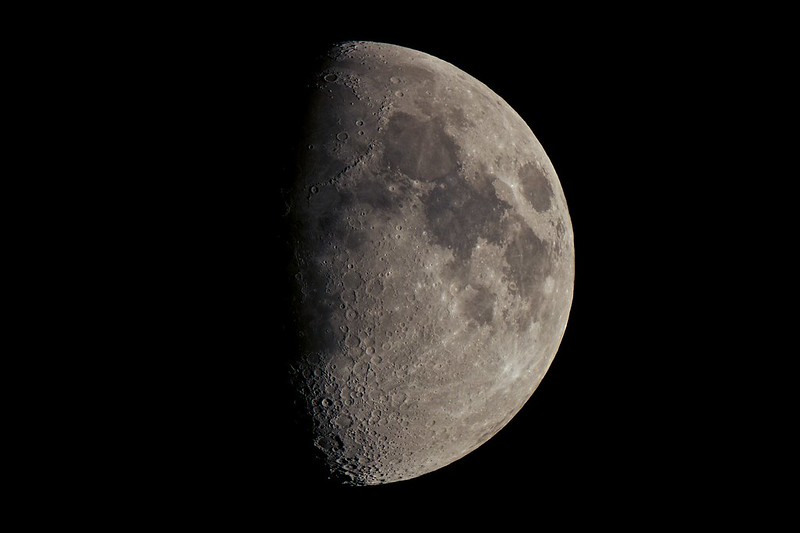 Gibbous Moon
Gibbous Moon
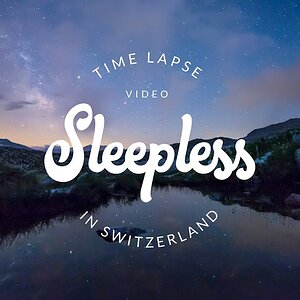
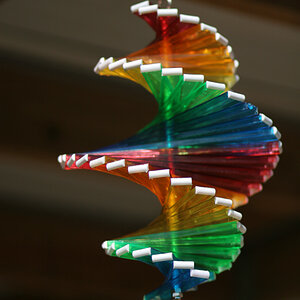

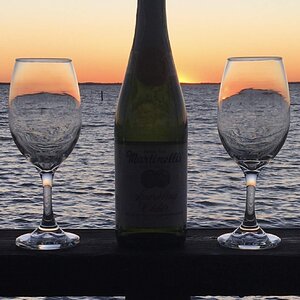
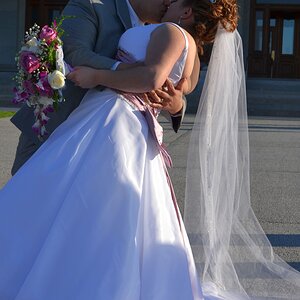

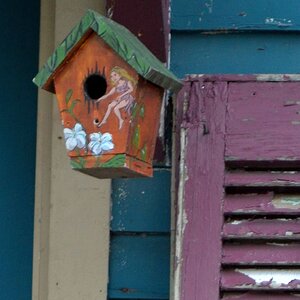
![[No title]](/data/xfmg/thumbnail/32/32929-22e23acc63d6ecb25e5ee941be87121f.jpg?1619735758)
